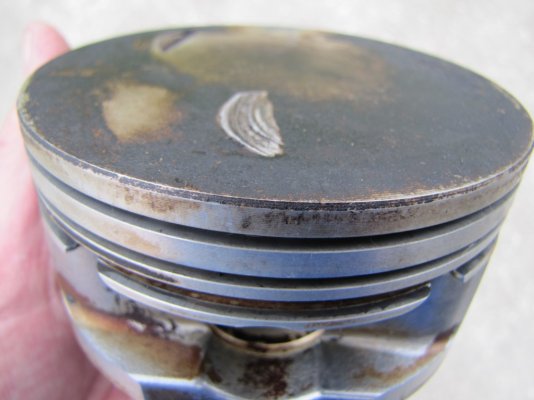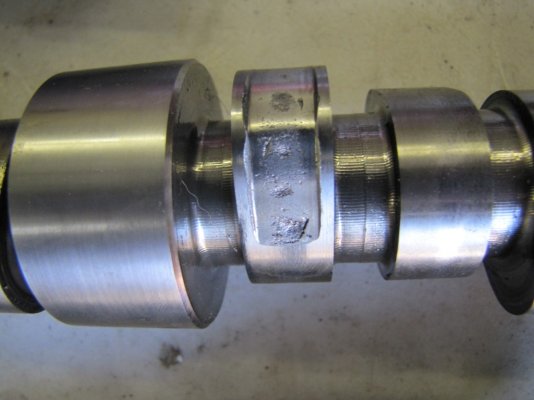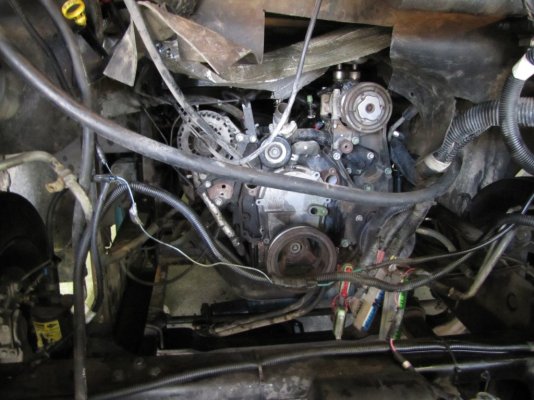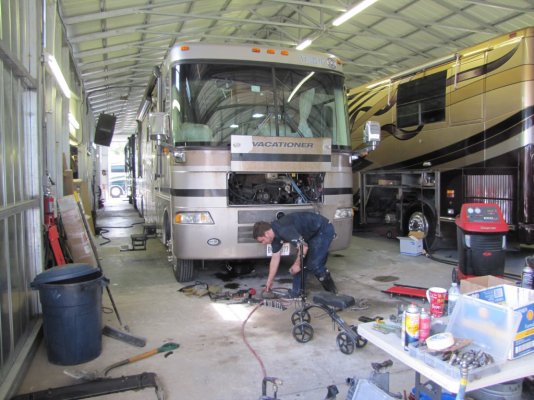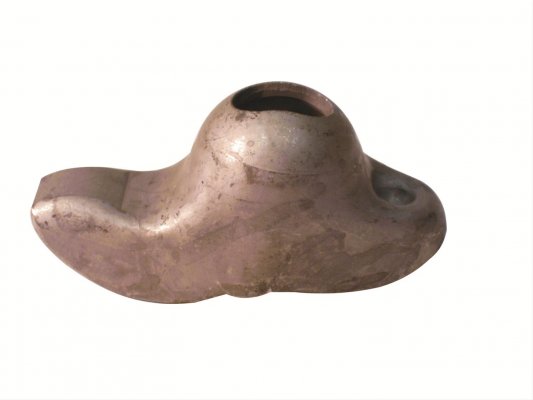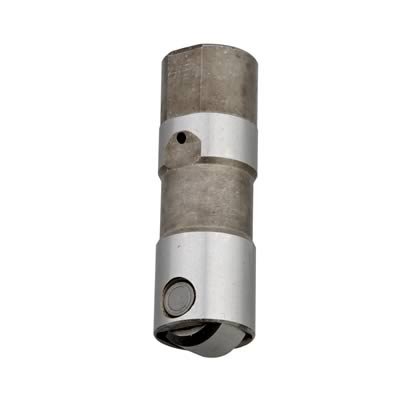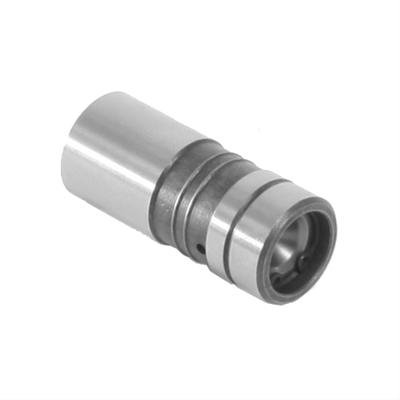thesameguy
Well-known member
- Joined
- Jun 6, 2014
- Posts
- 623
ZDDP additives are snake oil and it's been literally proven over and over again. The only time zinc is "used" in motor oil is during cold start, when there is no oil circulating. Zinc bonds with metal and forms a protective barrier against impact. Once oil is circulating, oil performs that task. On any factory engine you can name, you only need minimal levels (like API specified) of zinc to provide this protection. On race engines, or seriously hot builds with extreme valve spring pressures and long duration cams, high levels of zinc are needed to protect parts during startup. You do not need anything more than ANY API-certified oil to break in any factory-build engine.
Review:
http://www.drivenracingoil.com/news/dro/training-center/articles/zinc-in-motor-oil/
http://synthetics.pennzoil.com/en_ca/high-performance-engines-extra-zinc-2/
http://blog.hemmings.com/index.php/2012/10/18/tech-101-zinc-in-oil-and-its-effects-on-older-engines/comment-page-1/
You will note that first link is from a company that *specializes* in high-zinc racing oil.
Very interesting:
http://www.ctci.org/gilsgarage/EngineOil2.php
(Note the oil analysis from "vintage high zinc oil."
Review:
http://www.drivenracingoil.com/news/dro/training-center/articles/zinc-in-motor-oil/
http://synthetics.pennzoil.com/en_ca/high-performance-engines-extra-zinc-2/
http://blog.hemmings.com/index.php/2012/10/18/tech-101-zinc-in-oil-and-its-effects-on-older-engines/comment-page-1/
You will note that first link is from a company that *specializes* in high-zinc racing oil.
Very interesting:
http://www.ctci.org/gilsgarage/EngineOil2.php
(Note the oil analysis from "vintage high zinc oil."

